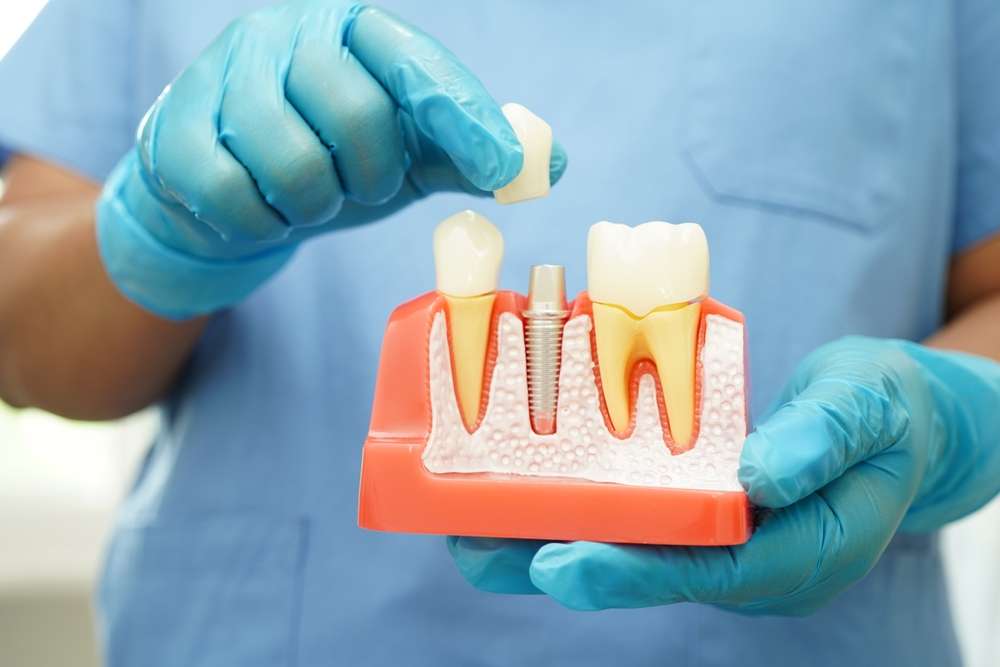Unmasking Eye Bags: Unraveling the Science and Solutions
If you've ever looked in the mirror after a late night and spotted dark, puffy areas under your eyes, you're not alone. These unwelcome additions, known as eye bags, are a common cosmetic concern. Despite their prevalence, eye bags are often misunderstood. This article delves into the science behind eye bags, their causes, and the various methods available for managing and reducing their appearance.

The Science Behind Eye Bags
Eye bags, medically known as periorbital puffiness, are characterized by swelling and darkening of the skin under the eyes. This occurs due to the weakening of the muscles and tissues that support the eyelids, which leads to the formation of a small pocket that can fill with fat and fluids. Age, genetics, lifestyle factors, and health conditions can all contribute to the development of eye bags.
The skin under our eyes is thin and sensitive, making it particularly susceptible to the effects of aging and environmental factors. As we age, our skin naturally loses elasticity and collagen, the protein responsible for maintaining skin firmness and elasticity. This process can be accelerated by factors such as sun exposure, smoking, and poor nutrition.
Historical Context of Eye Bags
In the past, eye bags were typically associated with aging. People would accept them as a natural part of getting older, with little to no effort made to minimize their appearance. However, with advancements in skincare technology and increased understanding of skin health, this perception has changed significantly.
Today, eye bags are recognized as a condition that can affect anyone, regardless of age. They’re considered a sign of fatigue, stress, and poor health, rather than just the inevitable march of time.
The Impact of Eye Bags
Eye bags can have a significant impact on a person’s self-esteem and confidence. In our appearance-driven society, they can be a source of distress and self-consciousness. They can also lead to misconceptions about a person’s health and lifestyle. For example, someone with pronounced eye bags might be perceived as tired, unhealthy, or older than they actually are.
The desire to reduce the appearance of eye bags has driven a surge in the skincare and cosmetics industry, with countless products claiming to banish them. The market for eye care products alone is projected to reach $2.4 billion by 2025, indicating the significant demand for solutions.
Unraveling the Solutions
There are various methods available for managing and reducing the appearance of eye bags, ranging from simple home remedies to medical procedures.
Home Remedies and Lifestyle Changes
Simple changes to lifestyle and skincare routines can help reduce the appearance of eye bags. These include getting adequate sleep, staying hydrated, reducing salt intake, and applying cold compresses. Regular use of a good quality eye cream containing ingredients like retinol and vitamin C can also help by promoting collagen production and brightening the under-eye area.
Professional Treatments
For those seeking more drastic results, professional treatments are available. These include laser resurfacing, chemical peels, and fillers, which can help to improve skin texture and reduce the appearance of under-eye bags. However, these procedures should only be performed by a qualified professional and come with potential risks and side effects.
Surgical Options
In severe cases where non-surgical treatments are ineffective, surgical options such as blepharoplasty might be considered. This procedure involves removing or repositioning excess fat in the under-eye area to reduce puffiness and improve appearance. However, surgery is a serious decision and should be considered only after thorough consultation with a medical professional.
The Future of Eye Bag Treatments
The field of skincare and cosmetology is continually evolving, with new treatments and products being developed regularly. In the future, we can expect to see even more effective solutions for eye bags, driven by advancements in technology and a deeper understanding of skin health.
In conclusion, while eye bags might be a common concern, they are not a foregone conclusion. Understanding the science behind their formation and the various treatment options available can help individuals make informed choices about their skincare and manage this condition effectively.




